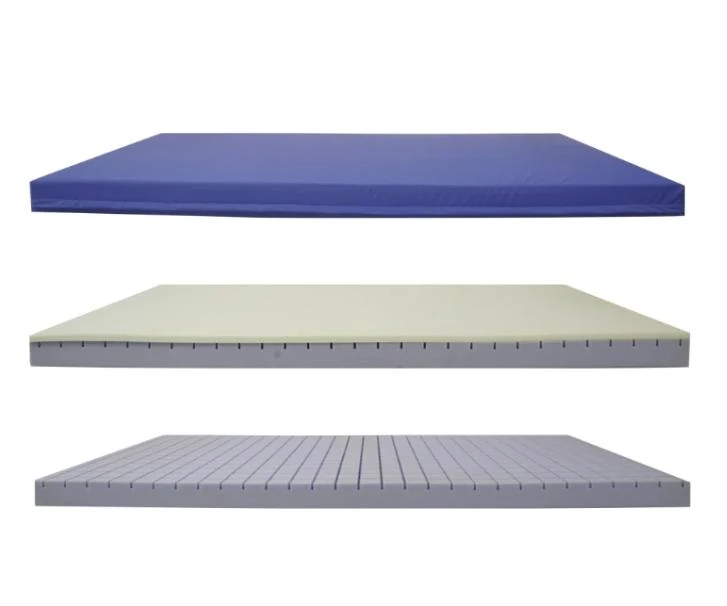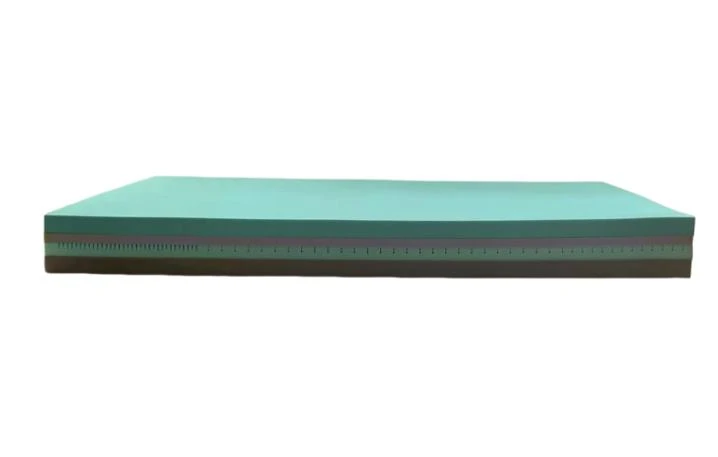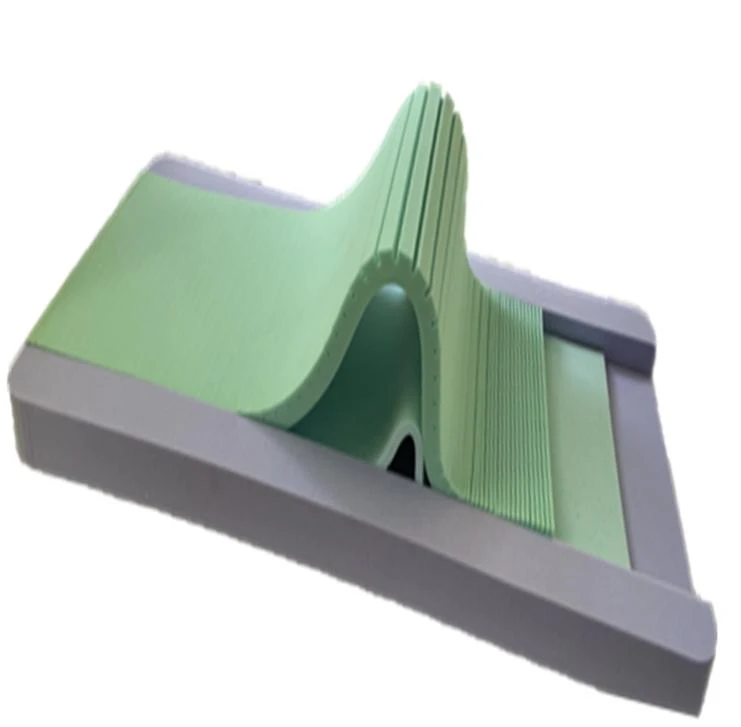FAQ
-
1.According to international pressure ulcer prevention standards, how many grades of pressure ulcers are there?
According to the international pressure ulcer prevention standards set by the National Pressure Ulcer Advisory Panel (NPUAP) and the National Pressure Injury Advisory Panel (NPIAP), pressure ulcers (also known as bedsores or pressure injuries) are classified into the following grades: Stage I (Superficial Skin Redness): The skin is intact but shows persistent redness. It may appear red in individuals with lighter skin tones and may not change color in those with darker skin, but skin temperature, hardness, or swelling may differ. Stage II: The skin's topmost layer is damaged or lost, which may result in blister formation or an open sore. It may present as a shallow open wound with no visible granulation tissue or as an intact or ruptured blister. Stage III: The wound extends into subcutaneous tissue but does not involve muscles, bones, or other underlying structures. Typically, it forms a deep crevice, pit, or fissure, and granulation tissue may be visible, along with potential exposure of fat tissue. Stage IV: The wound extends into muscles, bones, or other supporting structures such as tendons or joint capsules. There may be significant granulation tissue or necrotic tissue present. Additionally, NPUAP/NPIAP defines two additional categories: Unstageable Pressure Injury: The skin is intact, but there is persistent purple or maroon localized skin discoloration, unlike Stage II, and this injury results from damage to underlying soft tissue. Deep Tissue Pressure Injury: It results from pressure and/or shear and initially presents as a non-blanchable, deep red or maroon skin discoloration. When epidermal injury or blistering occurs, it may resemble a Stage III or Stage IV pressure ulcer, but its actual depth may not be clear until the skin opens. It's important to correctly classify pressure ulcers as it helps healthcare professionals choose appropriate treatment methods and assess patient prognosis.
-
2.What is a pressure distribution analysis system?
A pressure distribution analysis system involves testing a mattress using pressure sensors to accurately measure the pressure distribution across different areas of the mattress. This testing method helps evaluate the pressure redistribution effectiveness of the mattress. Static pressure relieving mattresses, compared to regular mattresses, often offer better pressure redistribution. They achieve this by using various materials, structures, or technologies to alleviate pressure in specific areas, reducing pressure concentration on body parts. This helps reduce the risk of pressure ulcers and provides a more comfortable sleeping experience. By testing the pressure values of the mattress using pressure sensors, the pressure redistribution performance of static pressure relieving mattresses can be objectively assessed. Test results assist healthcare providers or users in selecting the right mattress to meet individual needs and provide better care and sleep support. It's important to note that pressure sensor test results are for reference only, and mattress selection and decisions should be made in conjunction with clinical assessments and individual requirements.
-
3.Professional interpretation of cut and groove design
The cut and groove design in static pressure relieving mattresses is based on the anatomical characteristics of different body regions. By creating cutouts on the mattress surface, multiple independent zones are formed, each with varying sizes and depths to accommodate the pressure distribution of different body parts. The design considers the pressure sensitivity of body regions and the risk of pressure ulcers. Typically, for bony prominences (such as the buttocks, heels, shoulders, etc.), the cutouts are deeper, creating larger relief areas to reduce pressure concentration in these areas. For other regions, the cutouts may be shallower to provide adequate support and comfort. The purpose of this cut and groove design is to minimize the pressure on body parts, evenly distribute pressure across different zones of the mattress, and reduce the risk of pressure ulcers. Through effective pressure relief, static pressure relieving mattresses offer a more comfortable and safe sleeping environment, helping to reduce the occurrence of pressure ulcers.
-
4.What are the advantages of static mattresses compared to air mattresses?
Static pressure relieving mattresses have several advantages over dynamic (air) mattresses: High Comfort: Static mattresses provide excellent comfort as they conform to the body's contours and distribute pressure more effectively. This helps improve blood circulation and reduces discomfort. Noise-Free: They operate silently, without the need for constant adjustments or noise from air pumps. Easy Installation: Static mattresses are easy to install and do not require a power source, making them convenient for various settings. Customizable: They can be highly customized to fit individual needs, and there is minimal risk of falls from bed due to their low profile.
-
5.What is memory foam?
Memory foam, also known as viscoelastic foam, is a type of polyurethane foam with unique properties. Memory foam responds to heat and pressure, allowing it to contour to the shape of the body. It was originally developed by NASA for astronaut seating but has since found widespread use in mattresses and other comfort products.
-
6.Advantages of memory foam:
High Comfort: Memory foam mattresses provide exceptional comfort and support as they conform to the body's shape, reducing pressure points and promoting better sleep. Pressure Relief: They effectively distribute body weight, relieving pressure on joints and reducing pain. Motion Isolation: Memory foam absorbs and isolates motion, making it an ideal choice for couples as movements on one side of the bed are less likely to disturb the other. Durability: Memory foam mattresses can have a long lifespan with proper care. Hypoallergenic: Many memory foam mattresses are resistant to dust mites and allergens. It's essential to choose memory foam with the right density and firmness to suit individual preferences and needs. What is the mission of memory foam mattresses? Memory foam mattresses aim to provide superior comfort and support by contouring to the body's shape. Their mission is to enhance sleep quality, relieve pressure points, and promote overall well-being. Memory foam mattresses are designed to reduce tossing and turning during sleep, improve blood circulation, and offer a restful and rejuvenating sleeping experience. Additionally, they are known for their noise-free and motion-isolating properties, making them an excellent choice for various sleeping preferences and needs. Memory foam mattresses are dedicated to ensuring that individuals receive the best possible sleep quality for enhanced comfort and health.




